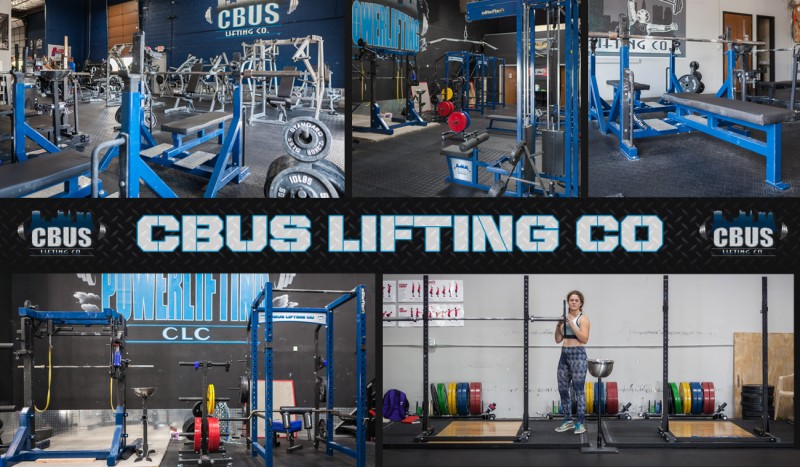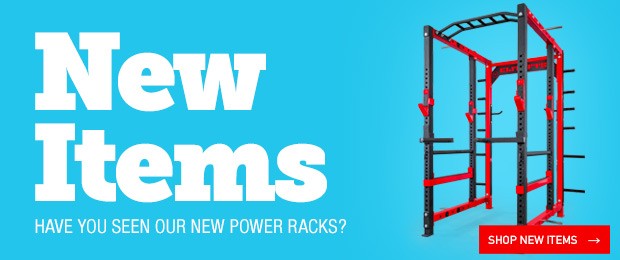
For any new or future gym owners out there, the process of purchasing equipment can be both exciting and nerve racking. Trying to figure out what pieces to include, what pieces to leave out, determining layout, and making it all fit within budget is a challenging endeavor. In my gym, NBS Fitness, we have gone through this on several occasions: when we opened the first location, when we expanded the first location, and when we moved into the second location. Every gym is going to have its own unique qualities when it starts, including space, budget, target market, etc. But in general, most of the people who will read this will probably be looking to open strength training/athlete training facilities (if you’re opening up a cycle bar or Zumba studio, I can’t help you). For those people, let me lay out how I did it and how I would suggest you approach your equipment purchases.
Phase 1
Let your first phase be based pretty much exclusively on your budget. Almost every new business is going to be strapped for cash, and you’ll need a cushion sitting in the bank account to get you through at least the first several months until you can build up some customers and revenue. During this phase, I would also suggest developing a relationship with someone in the sales department of the equipment companies you plan to purchase from. You should be getting the highest quality equipment, which means you should be purchasing from elitefts. Matt Goodwin is your guy.
So what are your basic needs as a facility? What do you have to have to get the job done? There are a lot of things that you might want but don’t necessarily need to do the job you’re looking to do. Also, don’t just try to fill your entire space up from the get-go just because you have it. You will learn more about your needs as you go so wait to make those extra purchases once you have a little more experience. For most gyms the basics are going to be:
- Racks
- Barbells
- Plates
- Benches
- Dumbbells
- Non-Electric Cardio Equipment (i.e. prowlers, sleds, sledgehammers, etc.)
This list isn’t an exhaustive list by any means. Again, depending on your budget and space, you may want a whole lot more. You could also add some smaller pieces to the list like bands, chains, squat boxes, etc. But for the type of gyms that most of the readers are going to be opening or wanting to join, this is where you need to put your focus on the front end. Once you’ve covered your basic needs, you can move on to Phase 2.

Phase 2
This second phase should be based on the needs and wants of your target market. If your gym is primarily powerlifting-focused, you will probably get equipment that is slightly different from a gym that is more focused on athletic development. Again, let the needs of your customer dictate what you purchase at this point. Think about what you and/or they really need to get the job done thoroughly. The first phase covered their basic needs, so now the second phase can fill in the gaps a bit. I’ve listed some different options for different styles of training facilities.
Powerlifting Gym
- Monolift
- Competition Bench
- Specialty Bars
- GHR
- Reverse Hyper
Athletic Development Gym
Bodybuilding Gym
Obviously, there will be some crossover between the different gyms, but you get the main point, which is to fill the gaps in your equipment needs. Once you’ve met your basic needs, and filled the gaps, then you can move on to Phase 3.

Phase 3
Let Phase 3 be characterized by the things you want. You’ve got all the tools you need to do a good job so now get the things that give you some extra variety and really make your gym stand out. I would even suggest sending out a survey to your customers asking what equipment they would like to see you add. Check the elitefts New Items section for some ideas (seen the fidget spinner yet?). Phase 3 is pretty much only limited by your space (assuming you’re making decent profits by this time). Adding new things to the gym gives some excitement to members and gives you some social media marketing opportunities as well, for things such as, “Hey look what we just got!”
Every gym is going to have its own goals, target audience, and methodologies for equipment purchasing, but for those about to jump into that endeavor, let this be a guide for you. Phase 1 is based on budget, Phase 2 is based on the gaps in the needs of your target market, and Phase 3 is based on your wants and space limitations. Use this plan, give Matt Goodwin a call, and good luck.











